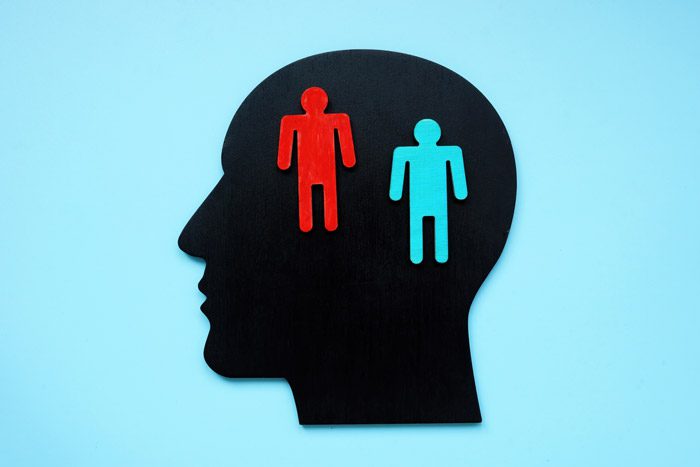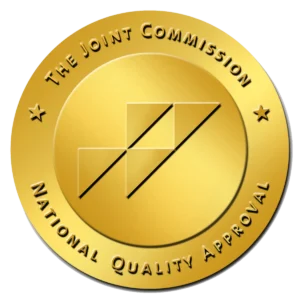
Think bicycle—two wheels. Or bifocals—two lenses. Or bifurcated–divided in two.
The same applies when considering bipolar disorder. The word “bipolar” simply indicates two “poles” of experience—extreme highs and extreme lows. Bipolar disorder is distinct from other kinds of depression (like major depression or persistent depressive disorder).
There is also more than one kind (and more than two kinds, even) of bipolar disorder. We’ll examine four types of bipolar disorder, beginning with the definition of two terms that are important for understanding the symptoms of bipolar disorders.
Defining Mania & Hypomania
Bipolar disorder used to be more commonly known as manic depression. The word “manic” refers to the notion of mania—an intense high that characterizes one pole of bipolar disorder. Someone having a manic episode may feel as though they have boundless energy and creativity—which may feel positive while it is happening but is unsustainable and can be damaging to your physical as well as mental health. The term “hypomania”, meanwhile, refers to a less severe version of mania. It is still an elevated mood, but is not as intense.
So, “manic depression” really only described one of the two poles of bipolar disorder. For diagnosis and treatment, it is extremely important to consider the lows as well. Everyone struggling with bipolar disorder experiences its high and lows differently. As a result, bipolar disorder is understood to have more than one variety—and a person’s symptoms over time help a physician arrive at the proper diagnosis.
Four Kinds of Bipolar Disorder—In Sets of Two
The two types of bipolar disorder most commonly talked about have clever names: bipolar 1 disorder and bipolar 2 disorder.
Okay, so maybe not that clever. Still, there is a difference between the two.
- Bipolar 1 disorder: If you have had at least one manic episode (especially one requiring hospitalization) in addition to hypomania and major depressive episodes, you may be diagnosed with bipolar 1.
- Bipolar 2 disorder: If you have had at least one major depressive episode and at least one hypomanic episode but have not had a manic episode, you may be diagnosed with bipolar 2.
In addition to bipolar disorders 1 and 2, there are a couple of variations on the disorder.
- Cyclothymic disorder: This condition is characterized by hypomanic and depressive symptoms that persist for at least two years.
- Drug- or medical-induced disorder: In some cases, drugs or medical conditions can lead to symptoms of bipolar disorder.
Let’s Look at Two Types of Treatment
No matter what variety of bipolar disorder you may be struggling with, there are, generally speaking, two approaches to treatment: medications and talk therapy. Both have their advantages, but it is generally agreed that they are best used in combination.
Antidepressant medications can be quite effective in helping to manage symptoms of bipolar disorders. It can take some time to zero in on the best medication for any given individual, however, so patience is required. It is also important to remember to continue to take your prescribed antidepressants even when you are feeling better. Neglecting to do so can result in the return of manic or depressive symptoms.
Meanwhile, regularly attending talk therapy sessions can help you develop strategies for lessening the impact of mood swings related to bipolar disorder. In some cases, participating in a day treatment program can be helpful so that ongoing counseling and support are available to you. In some extreme cases, hospitalization may be necessary to allow for mood stabilization and to keep you safe during difficult periods that may include suicidal thoughts.
We should also note that individuals who are struggling with a substance use disorder in addition to a bipolar disorder face particular challenges. Both the substance use disorder and the mental health disorder need immediate attention.
The Solution Is as Simple as Two Plus Two
At The Pavilion, we can help you manage bipolar disorder with evidence-based strategies and a commitment to compassionate care. We will always listen to you with the respect you deserve and put our expertise to work to help improve your quality of life.
There’s no two ways about it: bipolar disorder is challenging. But we can help you minimize its impact in your life.





